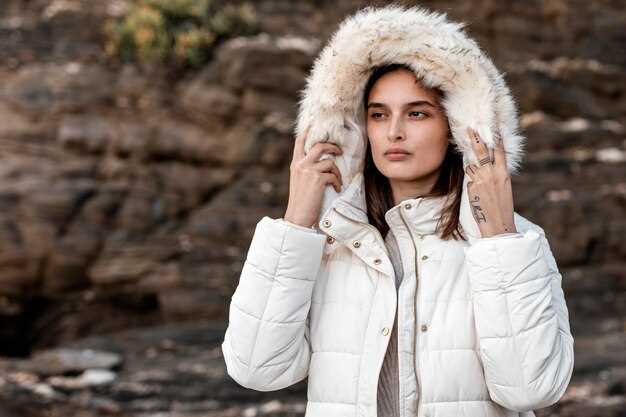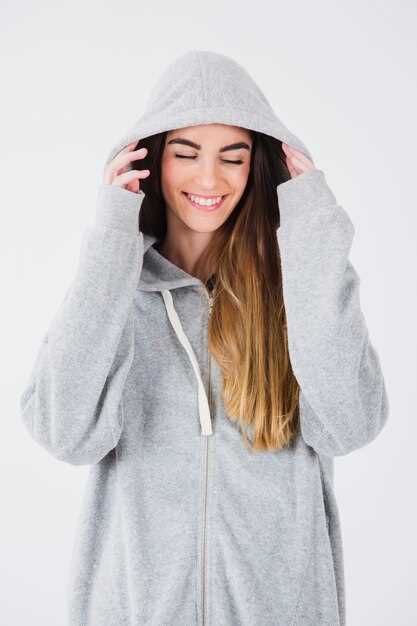
In the world of outdoor fashion and sportswear, the demand for lightweight materials has surged significantly. Hooded apparel, known for its versatility and functionality, requires fabrics that not only provide comfort but also cater to performance needs. Selecting the right material is crucial as it directly influences the garment’s weight, breathability, and thermal properties.
Lightweight fabrics have unique characteristics that make them ideal for hooded garments. These materials are engineered to offer the right balance of warmth without the bulk, making them perfect for layering or standalone wear in varying weather conditions. As we delve into the best options available, it’s essential to consider factors such as moisture management, stretchability, and packability.
Choosing Breathable Fabrics for Hooded Jackets

When selecting breathable fabrics for hooded jackets, the primary aim is to ensure comfort and moisture management during various activities. Breathable materials allow sweat and heat to escape while keeping external elements at bay.
One of the most popular choices is polyester, known for its lightweight properties and moisture-wicking capabilities. Its structure encourages air circulation, ensuring that wearers remain dry and comfortable. Additionally, polyester is often treated with water-repellent finishes, enhancing its functionality in wet conditions.
Nylon is another excellent option, prized for its durability and resistance to abrasion. When woven into a lightweight fabric, nylon can provide impressive breathability while maintaining a snug fit. This makes it ideal for outdoor activities where the resistance to wear is crucial.
For a more natural alternative, consider merino wool. This fabric excels in breathability and thermal regulation, keeping the body warm in colder temperatures and cool in warmer environments. Its ability to wick moisture away from the skin makes it suitable for hooded jackets worn during physical exertion.
Advanced synthetic blends, such as those combining polyester with spandex, offer excellent stretch and breathability. These materials can adapt to body movements, providing comfort during active use. Such combinations also enhance the jacket’s fit, making it more versatile for various body types.
Keep an eye on technologies like moisture management systems and ventilation features, which can significantly improve breathability. Fabrics with built-in mesh panels or zippers enhance airflow and allow for temperature regulation, making them particularly effective in dynamic scenarios.
In summary, choosing breathable fabrics for hooded jackets involves considering options like polyester, nylon, merino wool, and advanced blends. Each material possesses unique properties that contribute to overall comfort, moisture management, and performance in varying conditions.
Durability vs. Weight: Finding the Right Balance

When selecting materials for hooded apparel, achieving a balance between durability and weight is crucial. Lightweight materials offer increased comfort and mobility, making them ideal for active wear. However, sacrificing durability can lead to garments that do not withstand the rigors of outdoor activities or frequent use.
Common lightweight fabrics include nylon, polyester, and certain blends that provide a good strength-to-weight ratio. These materials are often treated with coatings for water resistance or enhanced durability. For instance, ripstop nylon incorporates a reinforcing technique that not only maintains lightness but also prevents tearing, making it a popular choice for versatile hooded jackets.
On the other hand, some materials may be heavier yet offer superior durability, such as certain types of woven cotton or reinforced blends. These may be preferable for users requiring long-term wear in harsh conditions, as they can endure abrasions and maintain structural integrity better than their lighter counterparts.
Ultimately, the choice of material should align with the intended use of the hooded apparel. For casual wear or low-intensity activities, lighter materials may suffice, while those engaging in rigorous outdoor pursuits or extreme weather conditions should consider more robust options. Experimentation with different blends and properties can lead to an optimal combination that meets specific user needs.
Understanding the trade-offs between weight and durability allows designers and consumers alike to make informed decisions, ensuring that hooded apparel serves its purpose effectively while providing the comfort and protection required for various environments.
Water Resistance Options for Lightweight Hooded Clothing
When selecting lightweight hooded apparel, water resistance is a crucial consideration for performance in varying weather conditions. There are multiple options to enhance water resistance while maintaining breathability and comfort.
One popular choice is the use of water-repellent coatings. These coatings, often made from durable water repellent (DWR) technology, create a barrier on the fabric surface, causing water to bead up and roll off. This treatment is particularly effective for materials like nylon and polyester, which are already lightweight and durable.
Another option is to incorporate hydrophobic fabrics, such as those treated with advanced technologies like Gore-Tex or eVent. These materials offer excellent water resistance while allowing moisture vapor to escape, keeping the wearer dry from both rain and sweat. These fabrics are designed to withstand prolonged exposure to water, making them ideal for outdoor activities.
Sealed seams are another essential feature for enhancing water resistance in lightweight hooded clothing. Taping or sealing the seams prevents water from seeping through stitching lines, which are vulnerable points in any garment. This detail significantly increases the functionality of the apparel in wet conditions.
Additionally, using specially engineered membranes can provide enhanced protection. These membranes come in various thicknesses and compositions and can be sandwiched between outer fabric layers without adding significant weight. They are effective for maximal water resistance without compromising breathability.
Finally, layering techniques should not be overlooked. Combining a lightweight, water-resistant shell with moisture-wicking underlayers can enhance overall performance. This approach offers flexibility and adaptability to changing weather conditions while ensuring comfort and dryness.
In summary, choosing the right water resistance options for lightweight hooded clothing involves a combination of coatings, hydrophobic fabrics, sealed seams, membranes, and layering strategies, all of which contribute to optimal performance in wet environments.


